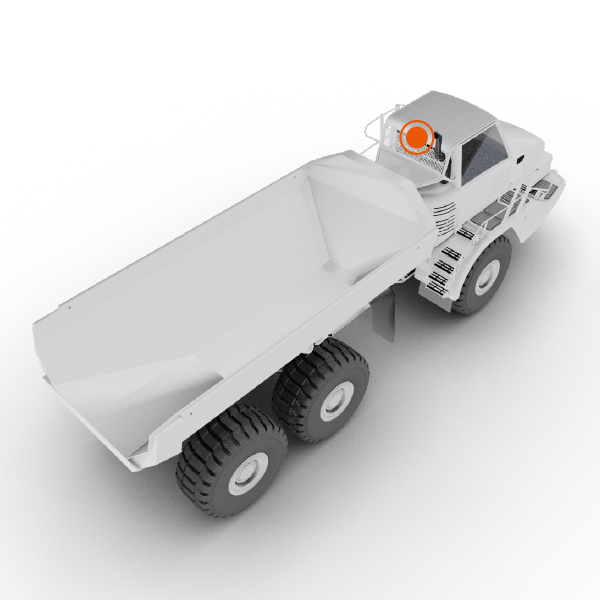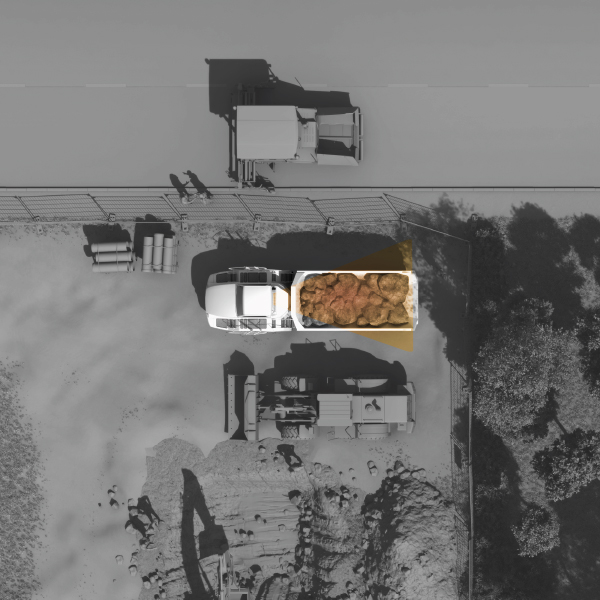Excellent vision systems to make trucks safer
With ever-increasing traffic density and truck size and length, indirect vision requirements for trucks are becoming more demanding. As a systems provider MEKRA Lang offers unique and convenient value-added vision solutions for trucks, which are second to none throughout the industry.
Requirements
The law demands compliance with field-of-vision classes II, IV, V and VI.
Our main mirror system and mirror replacement system cover class II and IV requirements.
Our roof and front mirrors and our camera meet the requirements of field-of-vision classes V and VI.
The above field-of-vision requirements are set forth in ECE R46/04.
and represent minimum requirements. The MEKRA fields of vision shown in ideal-typical representation may vary depending on vehicle size, shape, and mounting location. They do, however, always meet the legal minimum requirements.
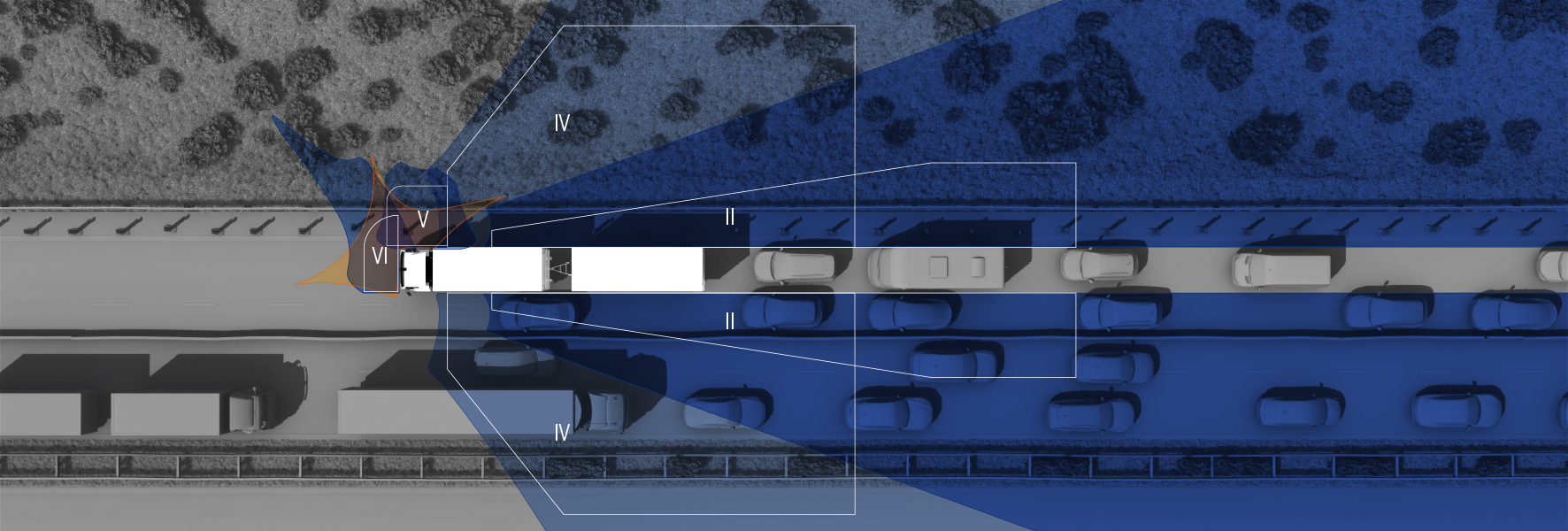
Main and Wide-Angle Mirrors (Class II and Class IV)
Compliance with field-of-vision classes II and IV is legally required for trucks. To meet this requirement, MEKRA Lang offers traditional mirror solutions as well as state-of-the-art mirror replacement systems comprising cameras and monitors.
Mirror Solution
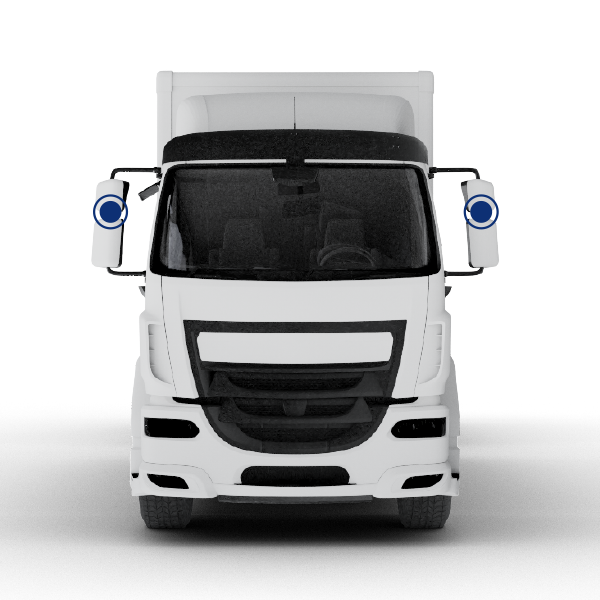
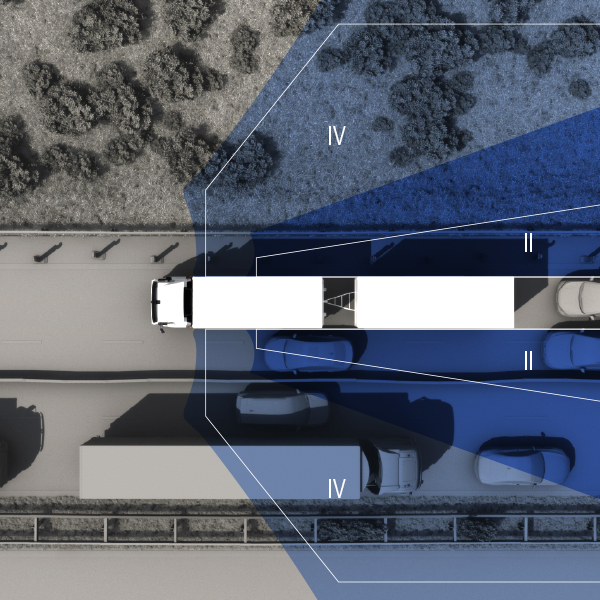
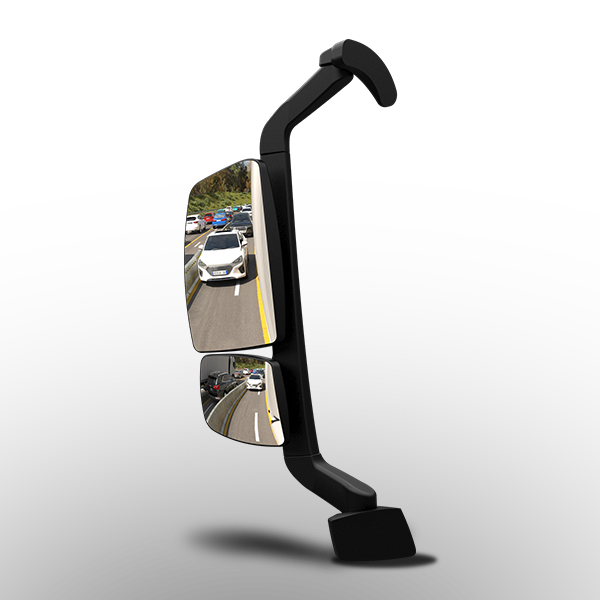
Mirror Replacement Solution
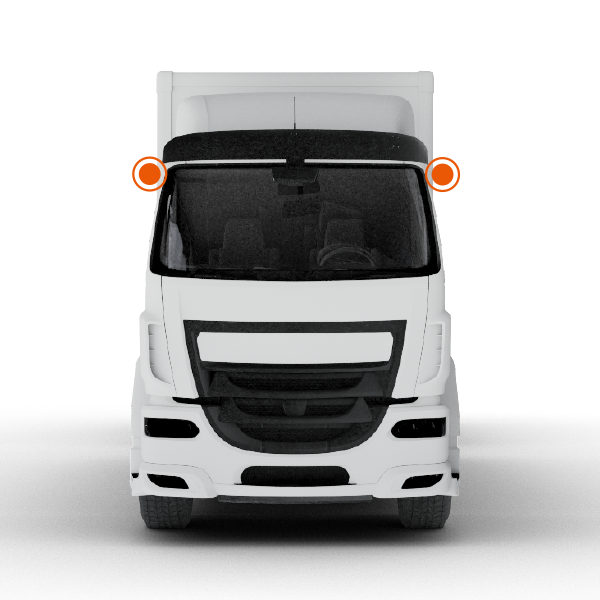
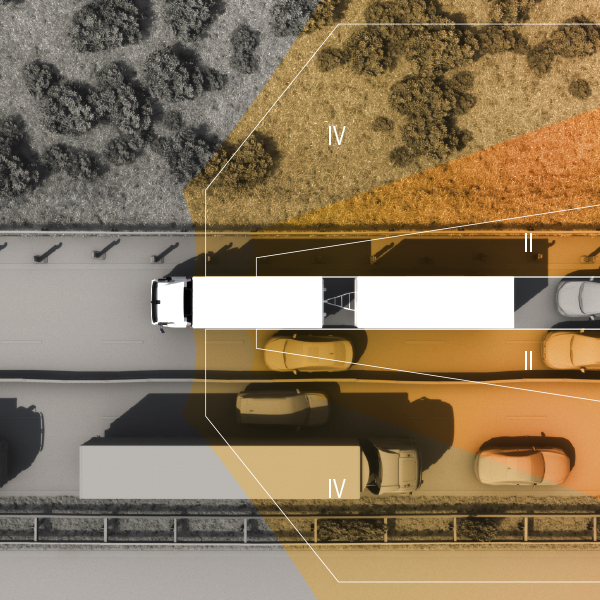
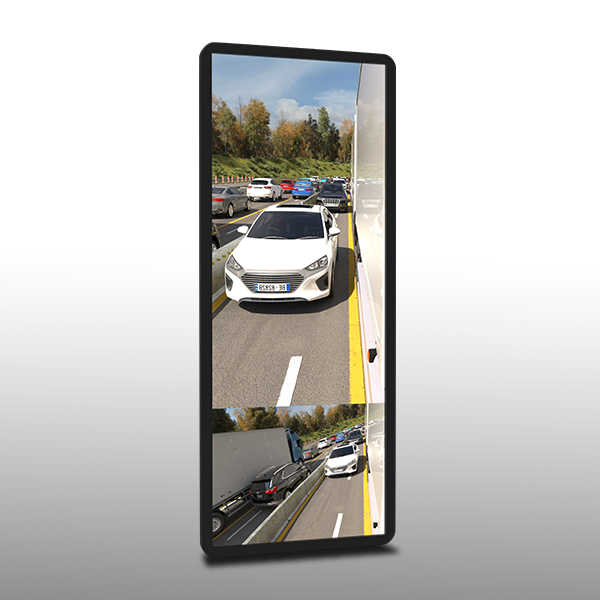
Front mirror (Class VI)
MEKRA Lang offers mirror and mirror replacement solutions for field-of-vision class VI as well.
Mirror Solution
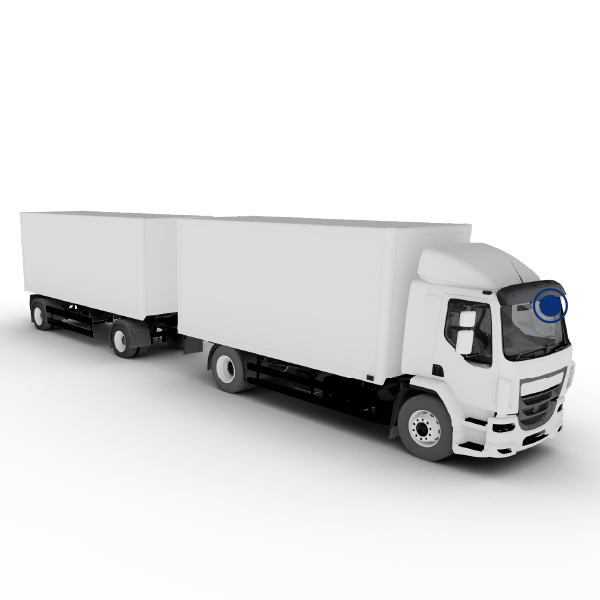
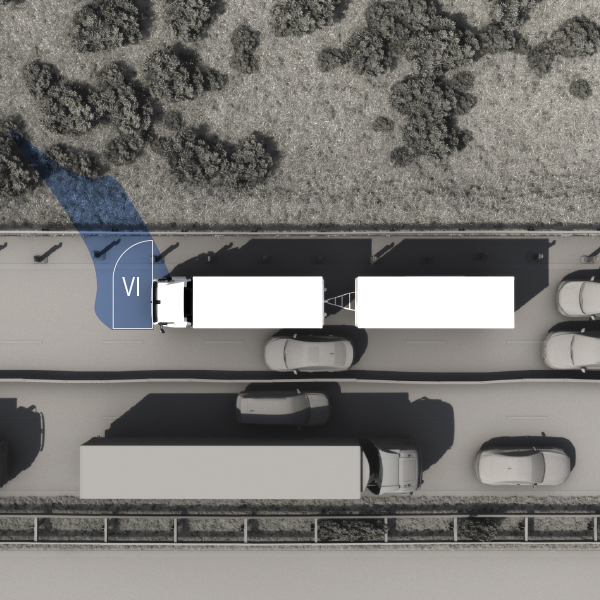

Mirror Replacement Solution
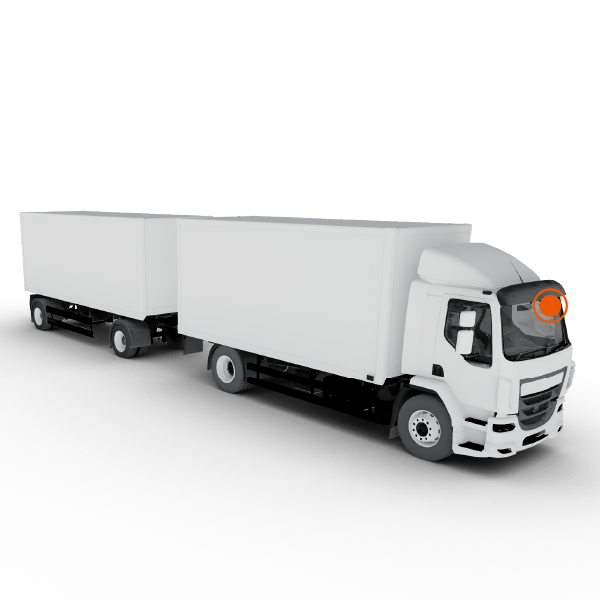
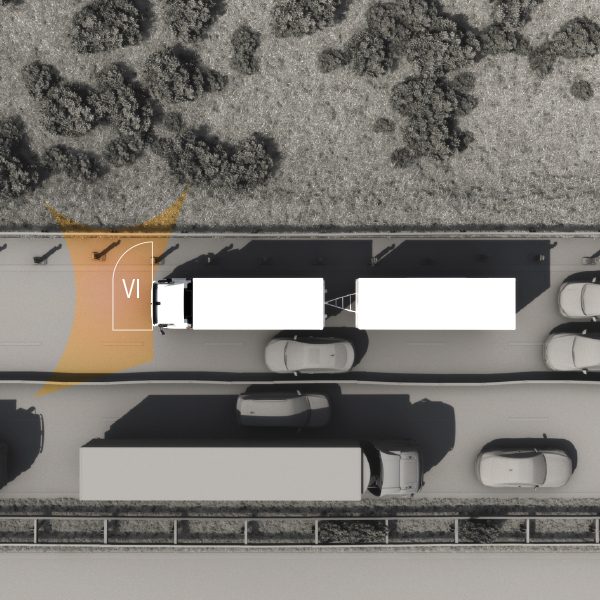
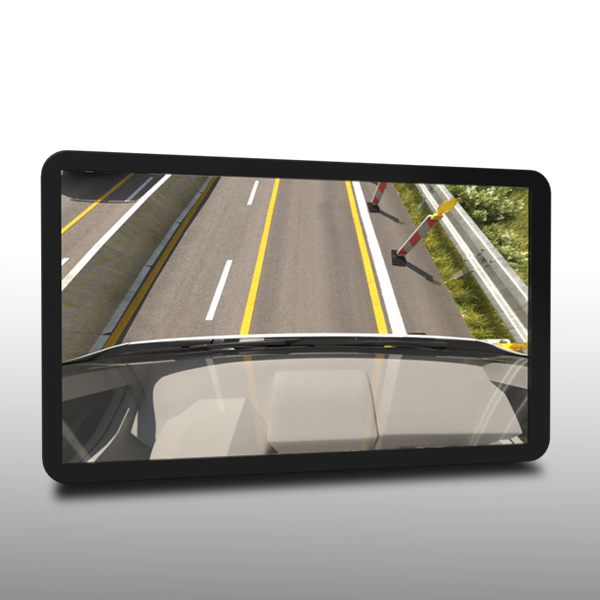
Roof mirror (Class V)
MEKRA Lang offers mirror and mirror replacement solutions for field-of-vision class V as well.
Mirror Solution
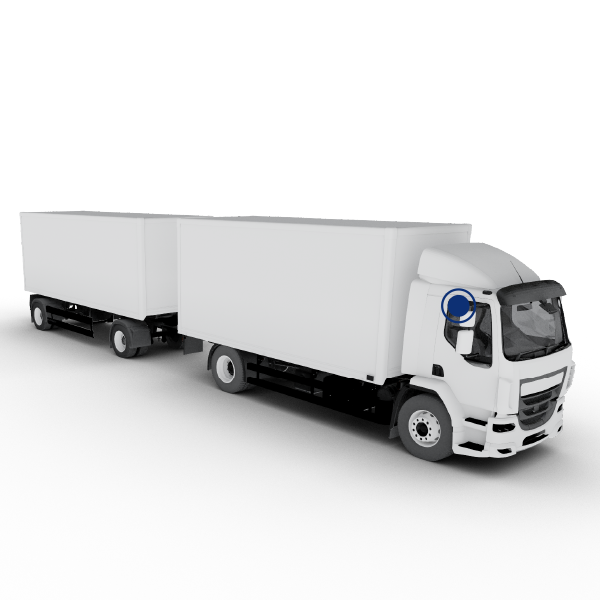
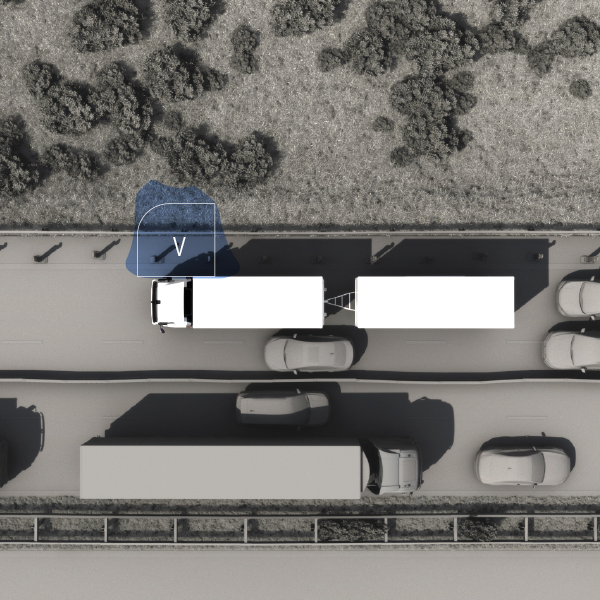

Mirror Replacement Solution
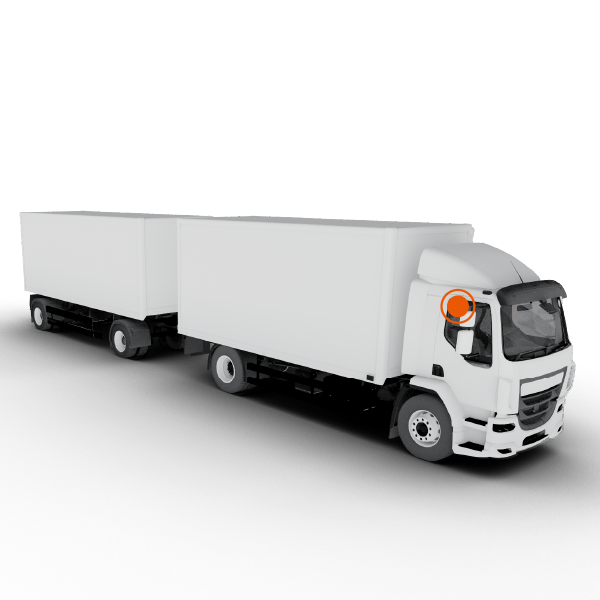
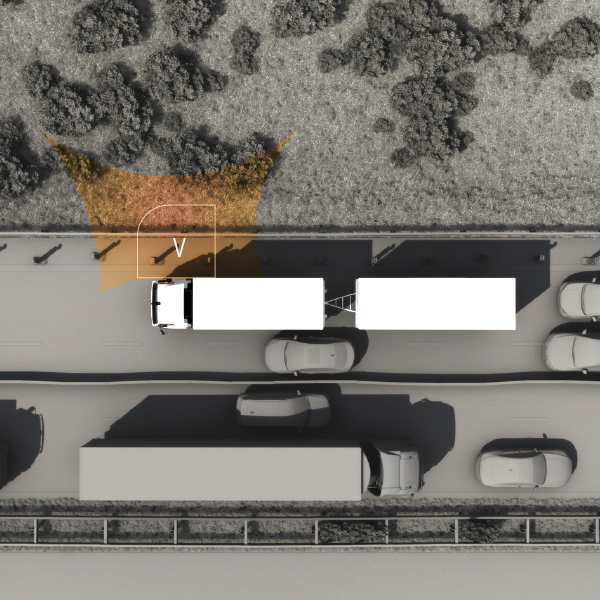
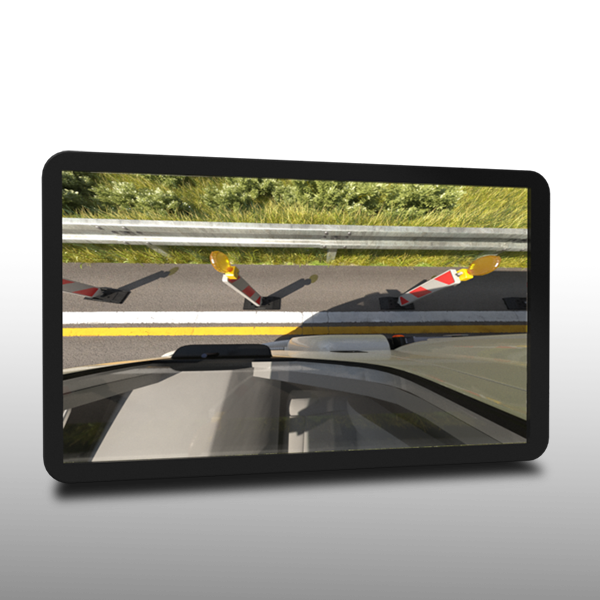
Camera on the A-pillar (classes V and VI)
MEKRA Lang offers a mirror replacement solution for field-of-vision class V.
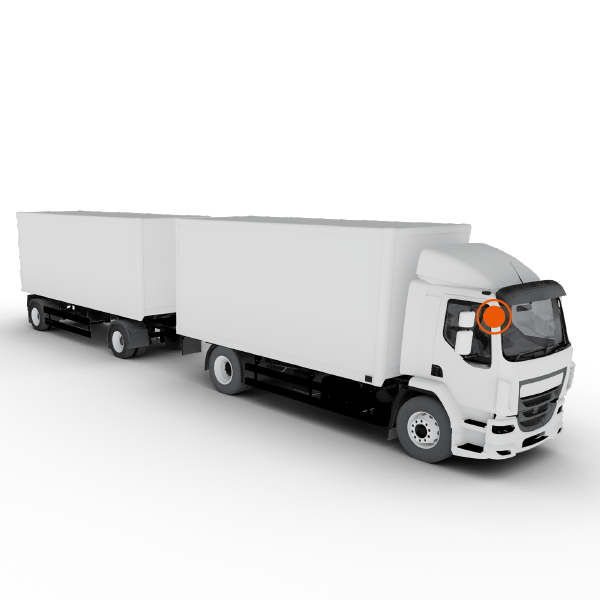
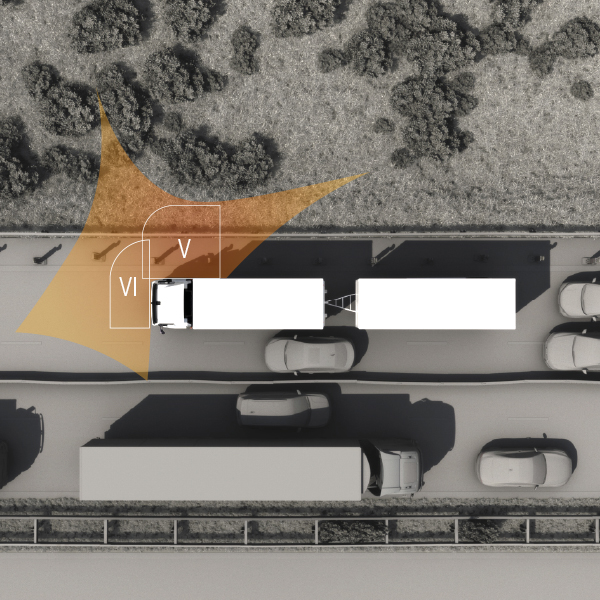
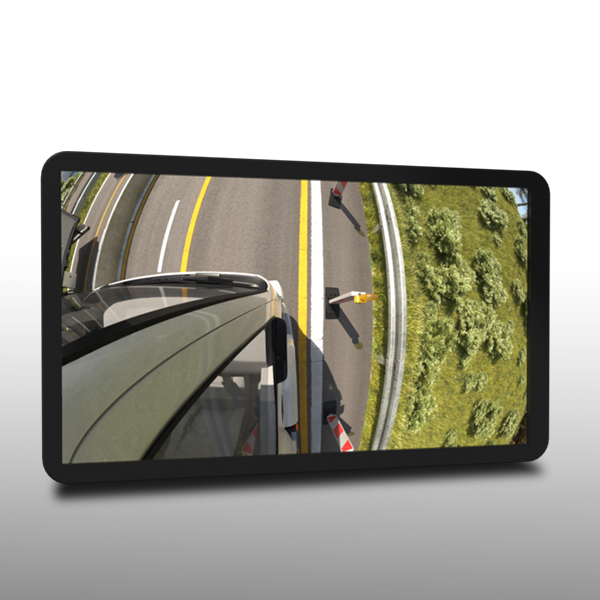
Requirements
The law demands compliance with field-of-vision classes II, IV and V.
Using our camera, the driver will be able to see the area behind the vehicle, the body/trailer, the drawbar during coupling maneuvers as well as 360° around the vehicle.
The statutory fields of vision represent minimum requirements. The MEKRA fields of vision shown in ideal-typical representation may vary depending on vehicle size, shape, and mounting location. They do, however, always meet the legal minimum requirements.
Rear View Camera
The rear view camera captures areas behind the vehicle which cannot be seen directly or with the help of mirrors. Ideally, the camera should have a 100° or 120° aperture angle to facilitate the backing-up process.
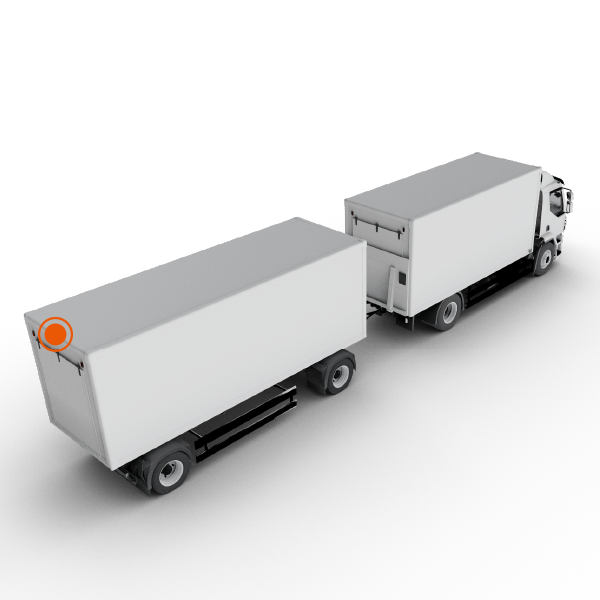
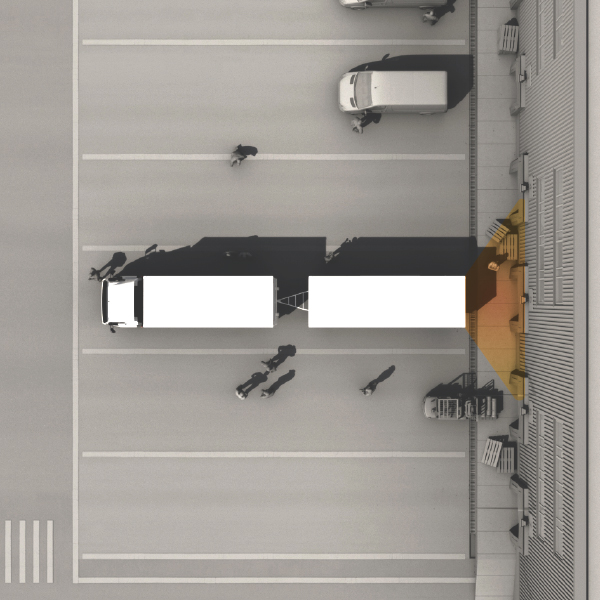

Trailer Hitch Camera
A trailer hitch camera assists the driver during the trailer hitching process. The hitching process can be monitored using a 120° aperture angle.
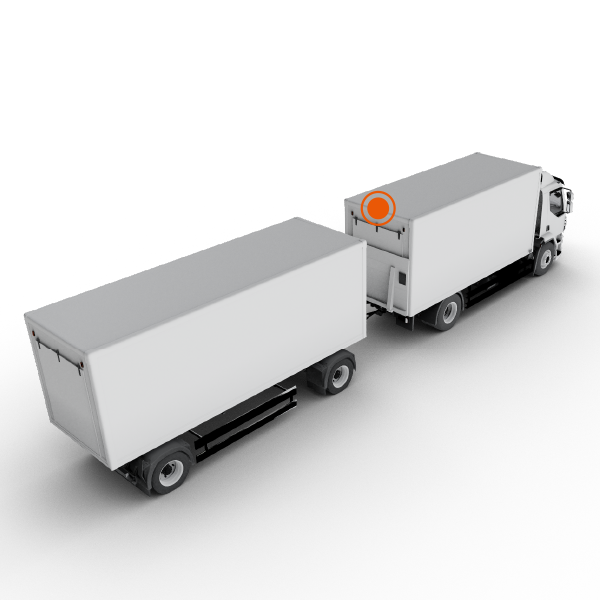
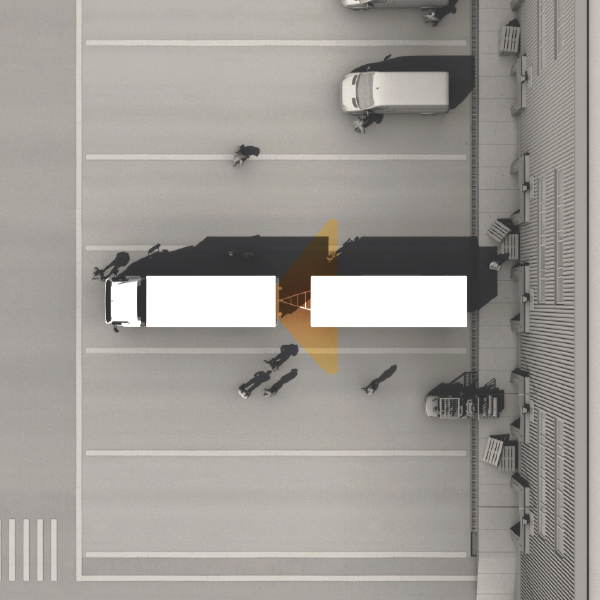
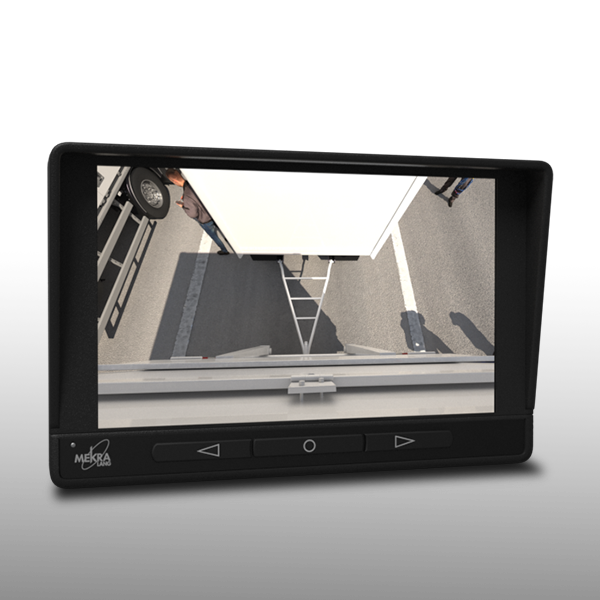
All-around Vision Solution
The MEKRA Surround View System assists the driver perfectly in any driving situation. Due to the system’s modular design, it can be operated with up to four cameras. By connecting the system to the vehicle’s turn signals, it can be controlled fully automatically.
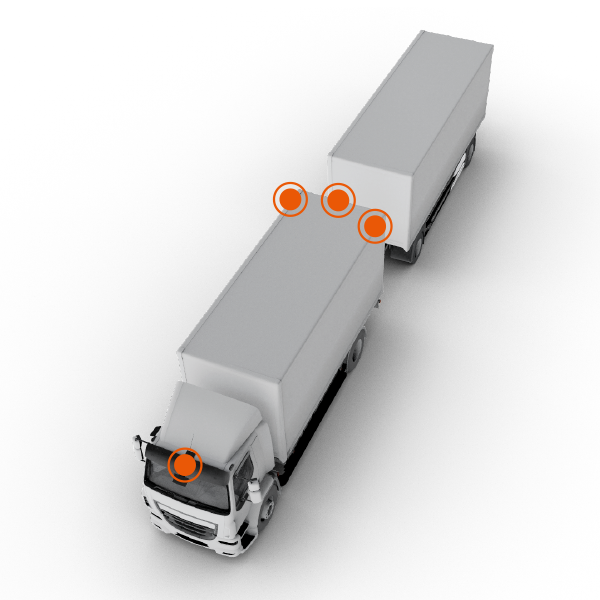
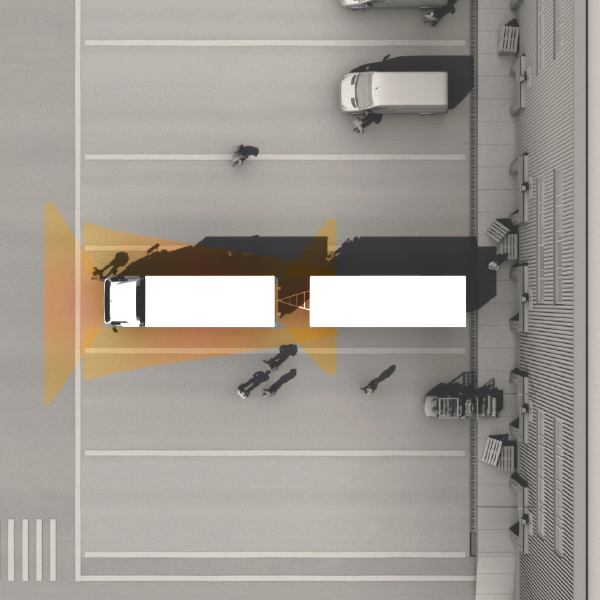
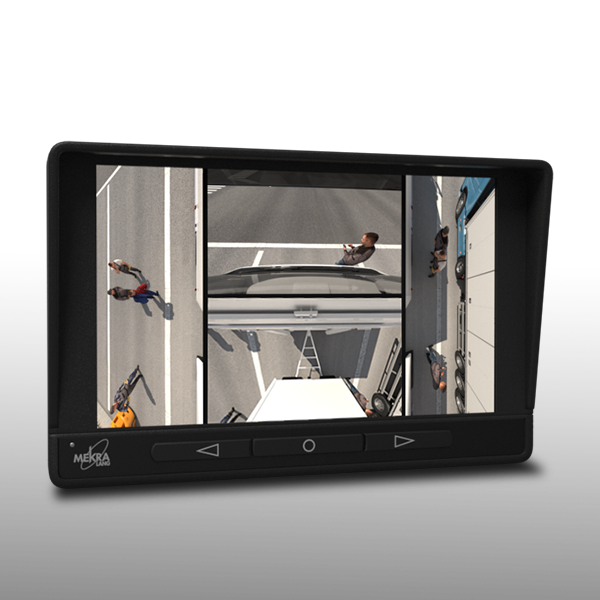
Work Area Camera / Loading Area Camera
Work area cameras are useful for monitoring work processes, such as loading and unloading operations. What is shown here is the field of vision provided by a work area camera (70° aperture angle) mounted to a dump truck to monitor the load distribution of bulk cargoes.
